SHANG HOUSE
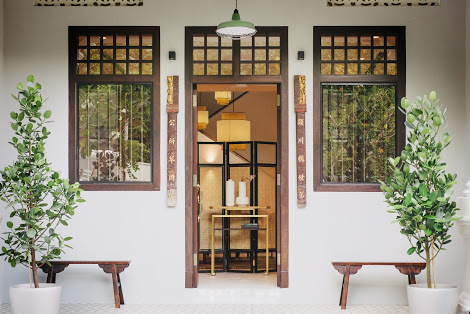
SHANG HOUSE is a pre-war conservation terrace house redesigned in collaboration with SCENE SHANG. It is part of the second set of homes in Figment’s flagship Case Study Homes series, launched Feb 2020.
Jump to
About SCENE SHANG
About SHANG HOUSE
About Arthur P. Y. Ting
About Weekend Worker
About SCENE SHANG
SCENE SHANG inspires a new appreciation for history and heritage through award-winning contemporary homeware and furniture designs that are rooted in a rich Asian heritage. In the spirit of 1930s Shanghai in all its Art Deco glory, the SCENE SHANG aesthetic is a contemporary take on classic Chinese elements designed for the urban dwellings of today. SHANG HOUSE is the first of its kind for the homegrown furniture and homeware label: an exquisite conservation residential space to explore, dream, and interpret with their love for blending tradition with modern-day sensibilities.
About SHANG HOUSE
SCENE SHANG brings their signature aesthetic to SHANG HOUSE while remaining sensitive to the context of the space: located in the Balestier Conservation Area that has a history in rattan manufacturing, this restored pre-war terrace house features custom-made SCENE SHANG furniture with rattan elements as well as special edition homeware and art that highlight the century-old facade of SHANG HOUSE.
SHANG HOUSE features their signature SHANG system, the award-winning customisable, modular storage system with elements reminiscent of Ming Dynasty design.
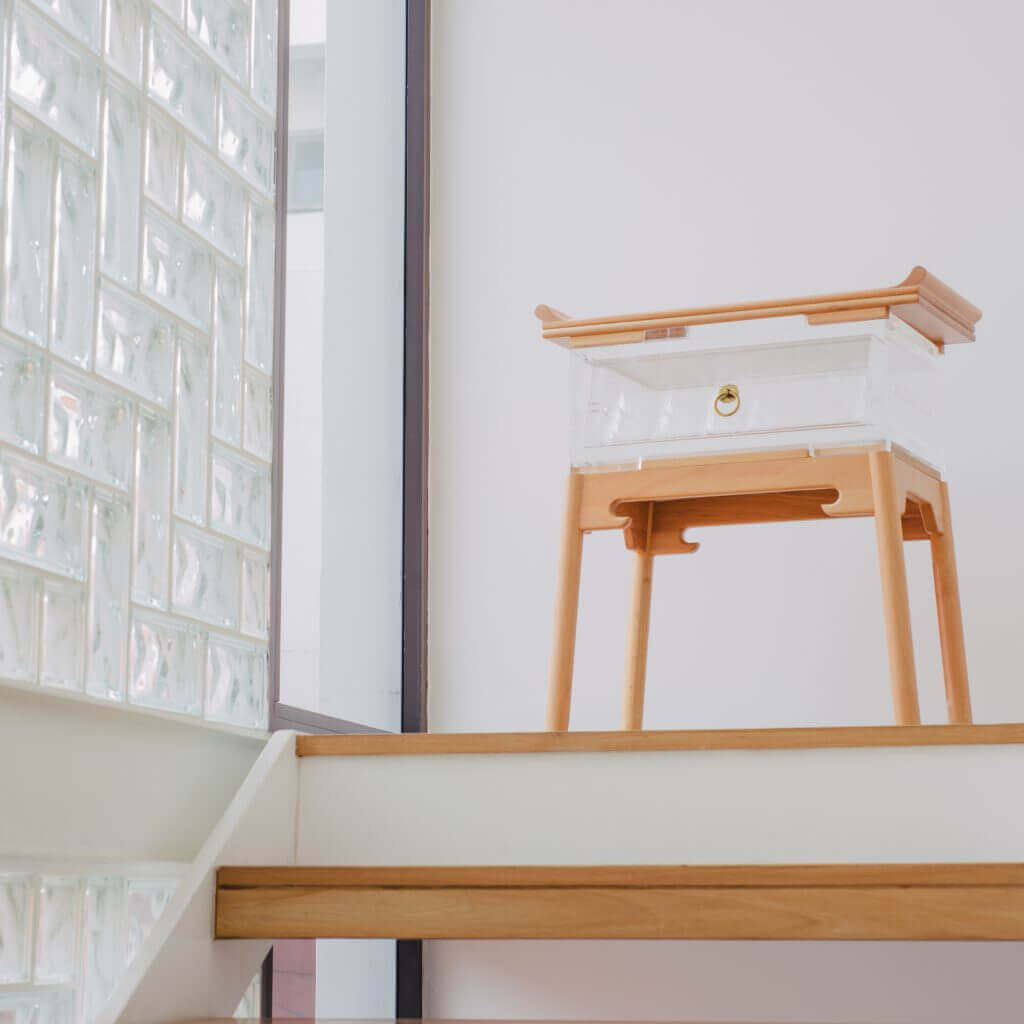
As a nod to the history of rattan weaving in the Balestier area, the SHANG system in SHANG HOUSE is a special wicker edition, while the beds, hanging lights, and entrance screens that greet visitors at the door have also been customised to include rattan elements. A set of SHANG HOUSE coasters will also be launched alongside the reveal of Arthur P. Y. Ting’s intricate three dimensional take on the SHANG HOUSE facade.
Paying attention to the finer details, SHANG HOUSE is also softly furnished with brass and marble as well as handcrafted porcelain vases made by Middle Kingdom kiln in Jingdezhen, China. Driven to revive and broaden Chinese porcelain traditions for a modern audience, their exquisite pieces are collected and sold at the Victoria & Albert Museum in London and the Baltimore Museum of Art. The SCENE SHANG-Middle Kingdom kiln partnership is founded on the shared ethos of invigorating craftsmanship for a contemporary audience.
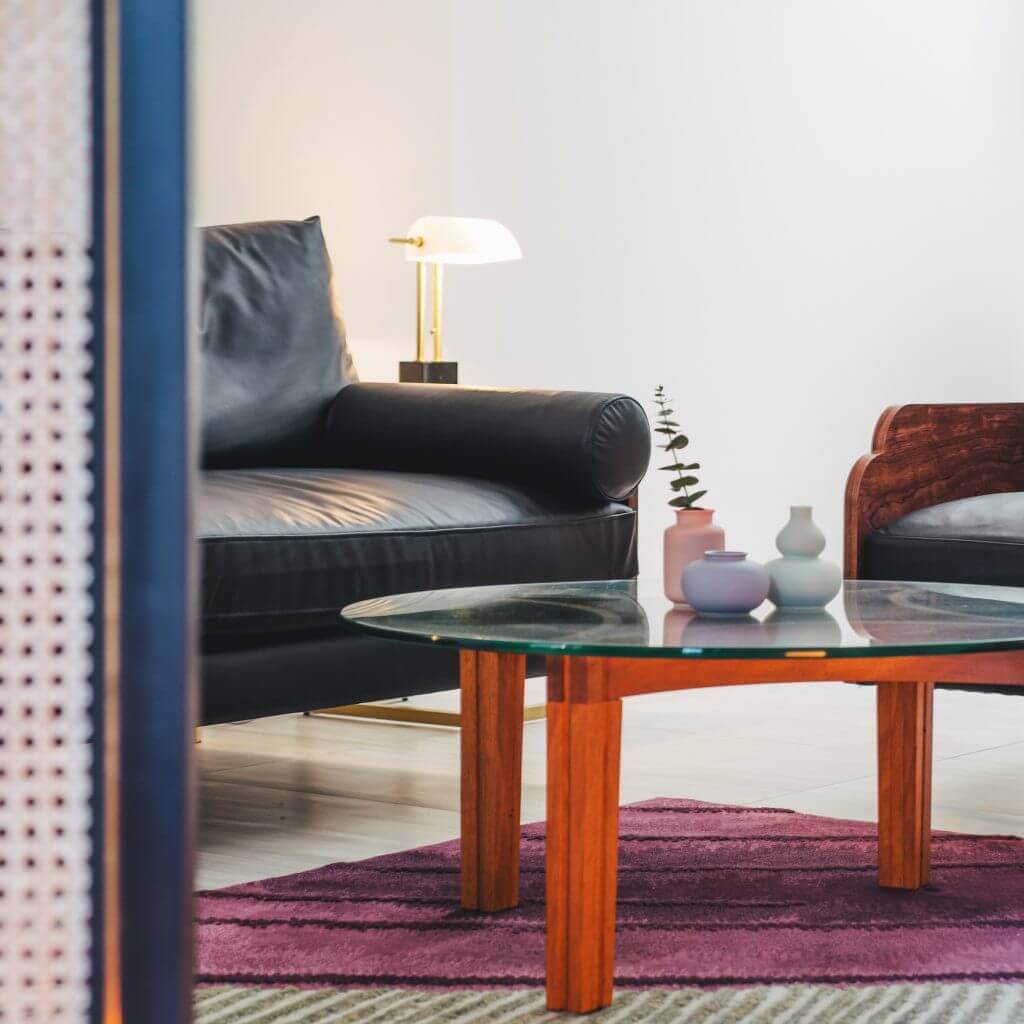
About Arthur P. Y. Ting
SHANG HOUSE features work from mixed-media artist, Arthur P. Y. Ting. His oeuvre includes oil and watercolour paintings, ‘metsculp’, or metal sculpture creations, and his signature Singapore Window Series, a documentation of fast disappearing shophouse windows in intricate three-dimensional detail. Responding to the site of SHANG HOUSE and the neighbourhood of Balestier, SHANG HOUSE will feature a special commission by Arthur P. Y. Ting on the ground floor.



Invited Artist: Weekend Worker
Weekend Worker is a 3-person ceramist collective that creates simple yet profound pieces out of passion for the material and craft, thus their name. Deeply critical and process-oriented, they carefully consider material and pigment and even source for clay locally and regionally.
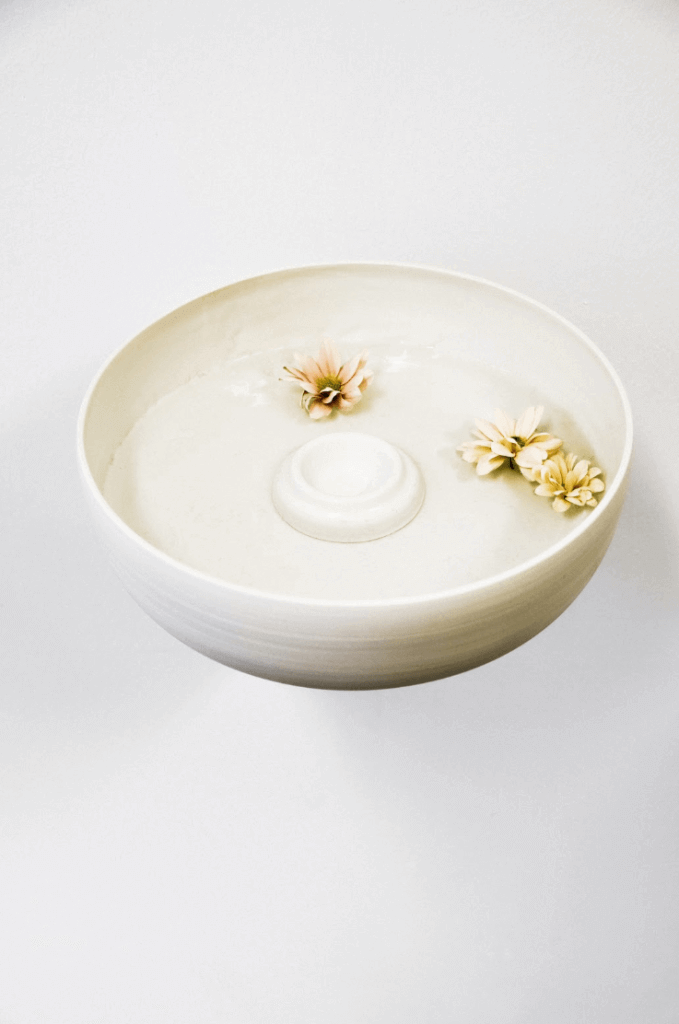
Clayground by Weekend Worker
Weekend Worker’s principle medium of artistic expression is through ceramics. Its mission is to create ceramics that are simple yet convey the profound experience of ordinary life. The installation shall show the process of making a ceramics product from idea to final product using ceramics as a medium to represent the different processes. From the thought process of choosing a form, to the stages in the process making, and to a repository of failed, damaged works and ideas.
Pigment by Chloe
Pigment recollects the memory of a usual pile of clay in my lecturer’s studio and of a natural dye workshop in Chiangmai this year. The collection uses pigment from clay found in Singapore sites. The clay is mixed with porcelain, giving it the plasticity to take form. Remarkably, the Singapore clay gifted the form with beautiful natural colour pigment never seen before. Pieces of ceramics walls were cut and replaced with a natural-dye fabric to resemble the houses we live in that are built on clay.
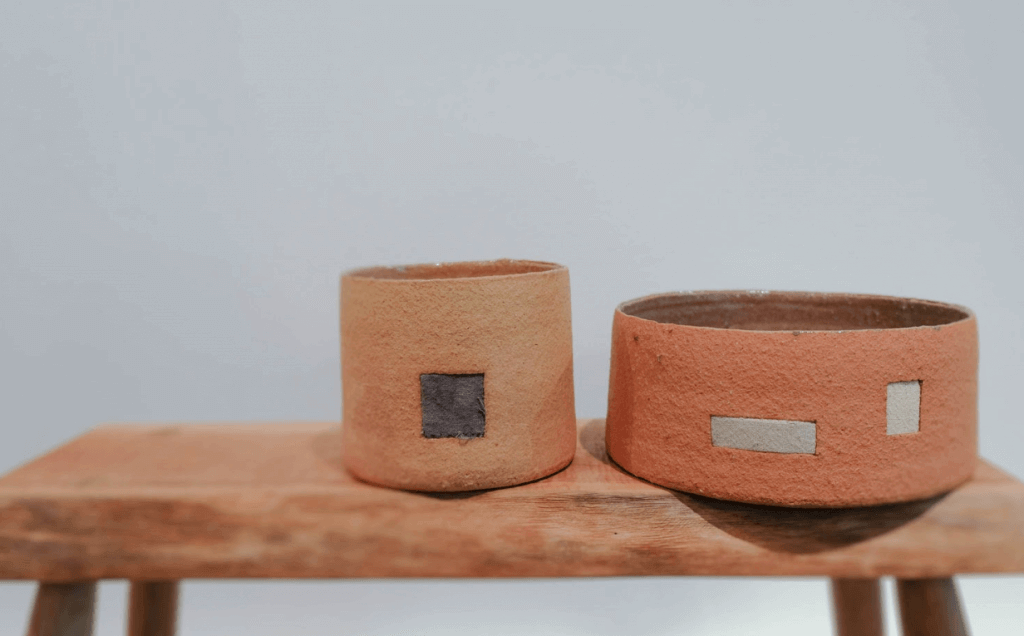
Tracing Contours by Ivan Lee
Is a drawing machine that traces the process of ceramic wheel throwing. The result is a series of abstract, generative drawing in response to the contours of the clay thought the various stages of throwing. Each drawing is complemented by its corresponding ceramic ware.
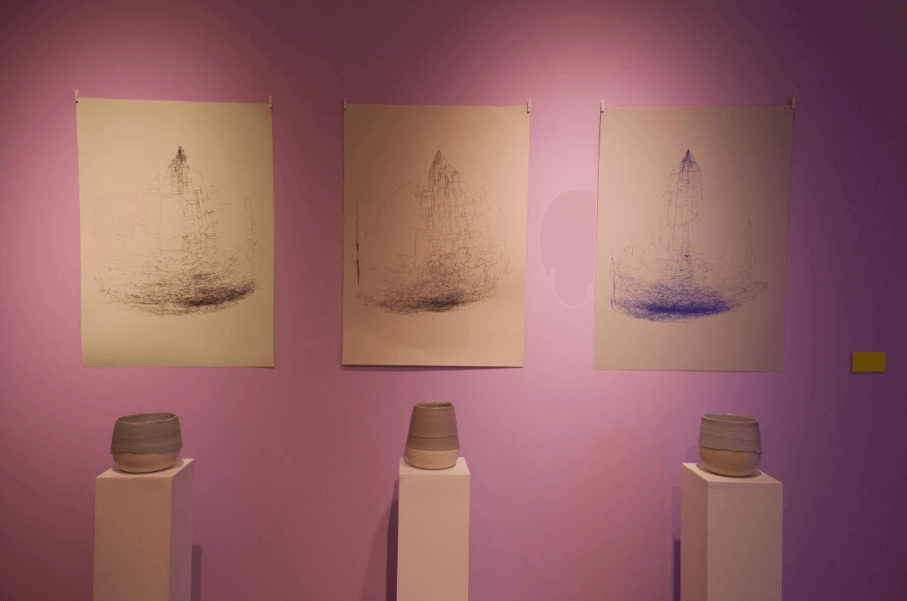
Three Legged Pots by Ong Suloon
Both pieces explore the form and shape of traditional Chinese three legged pots. Each creation was thrown and modified. The open form piece interplays a dot glaze texture, which contrasts with the naked clay. The lidded piece employed a clear glaze, resulting in a dark brown finish.
Read more about the CASE STUDY HOMES here:
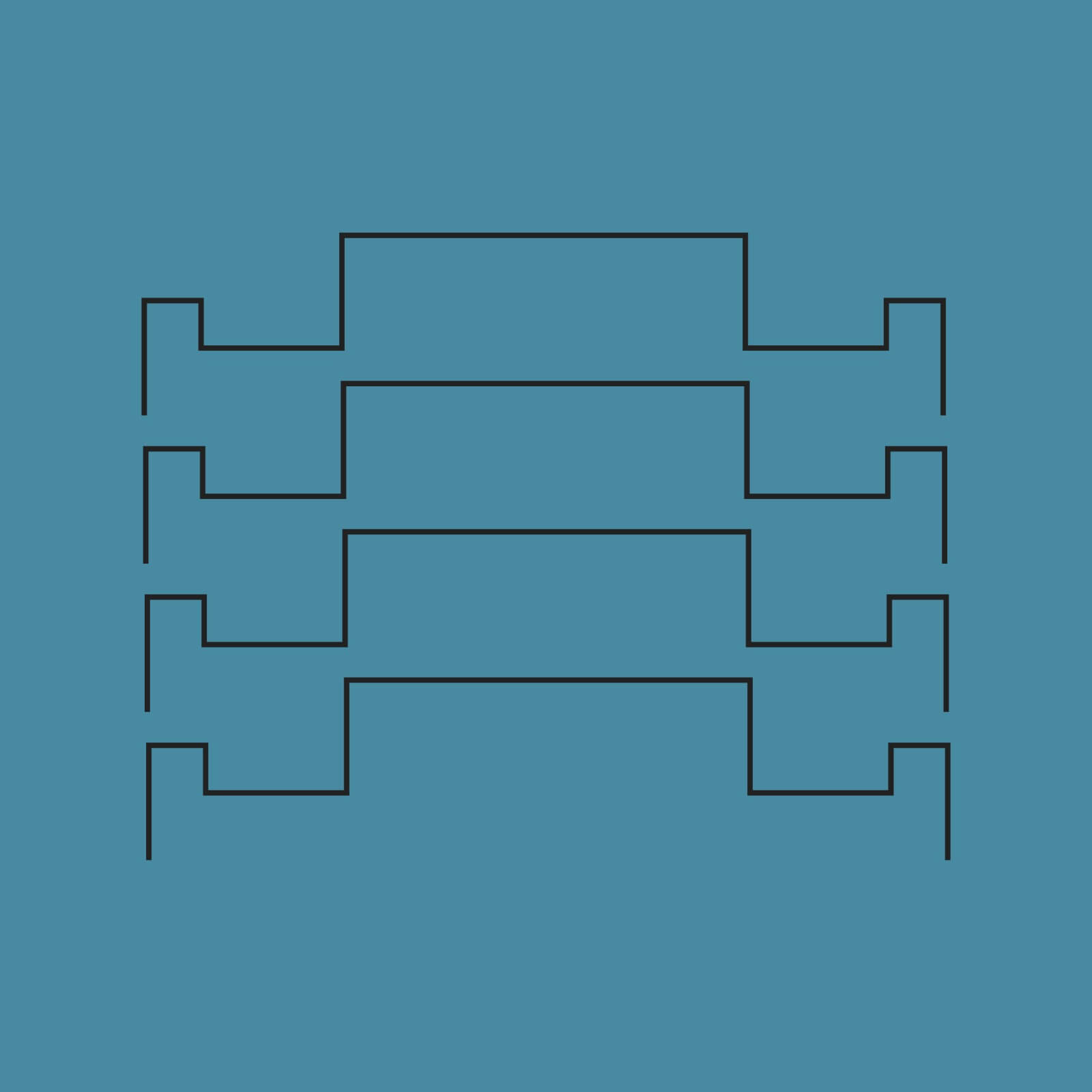
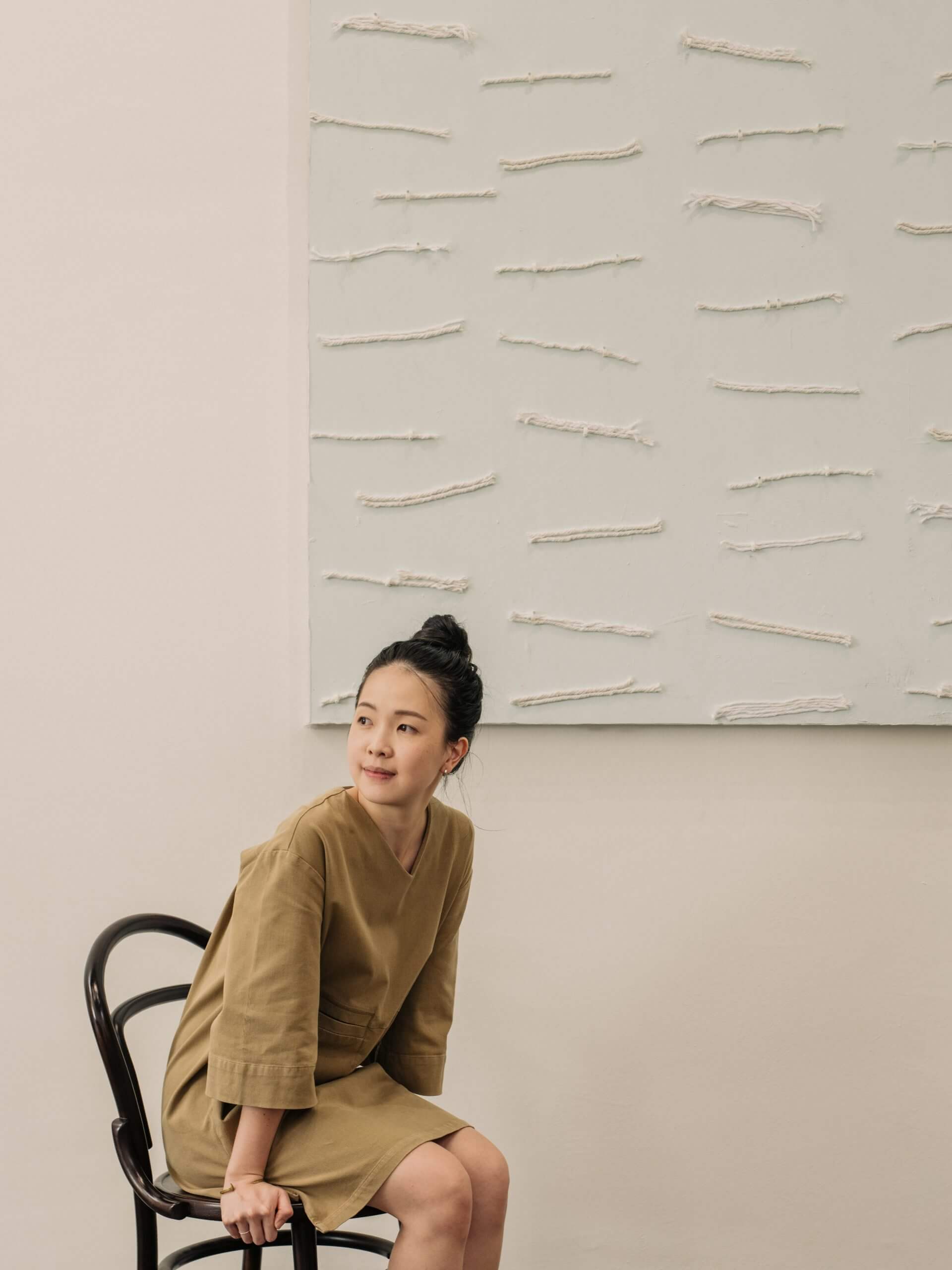
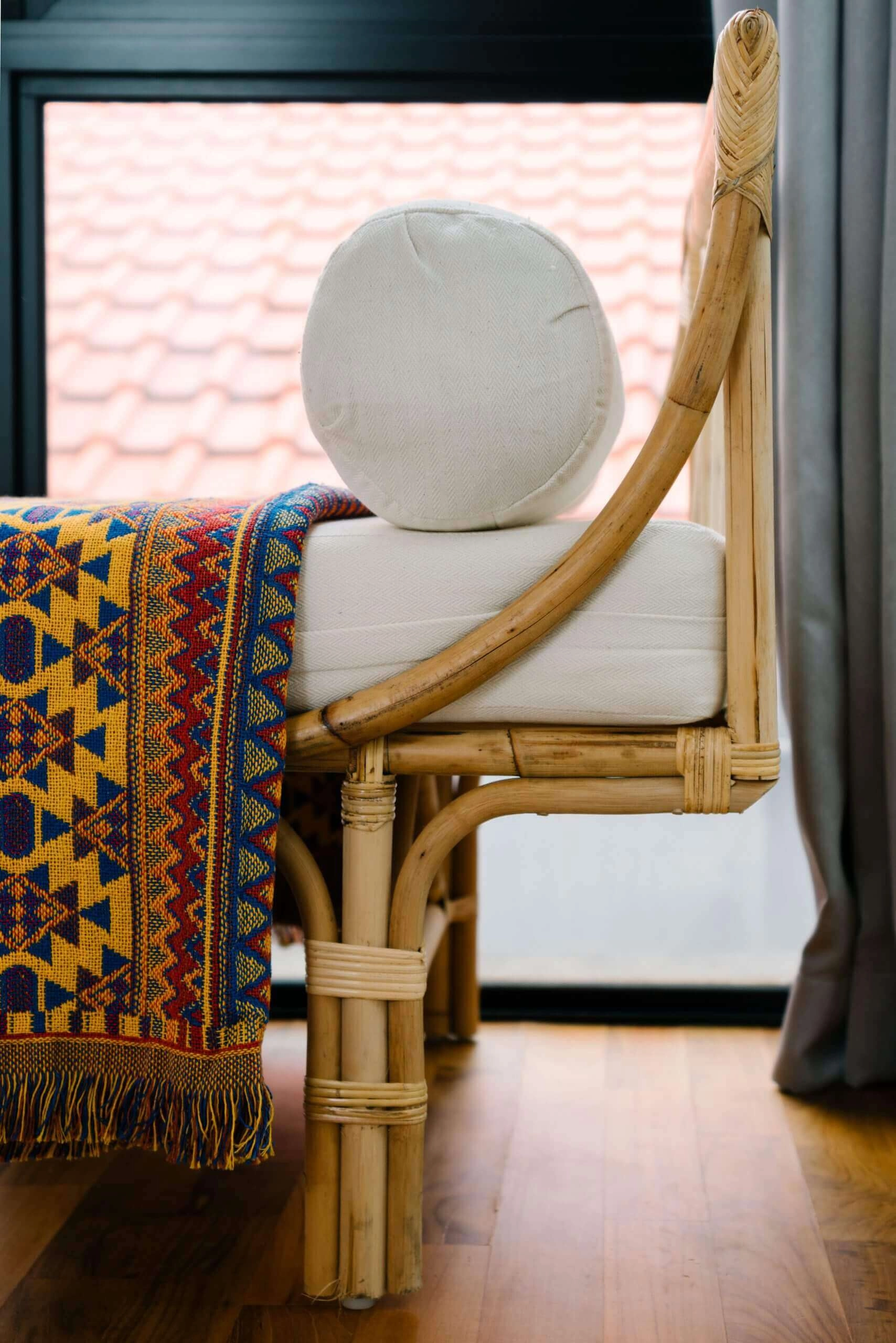
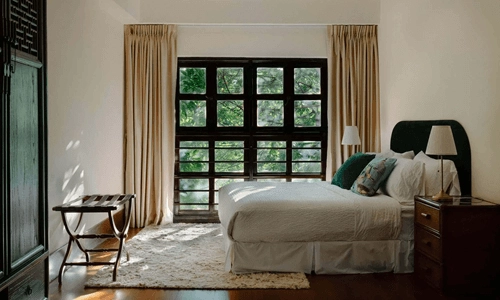


Comments